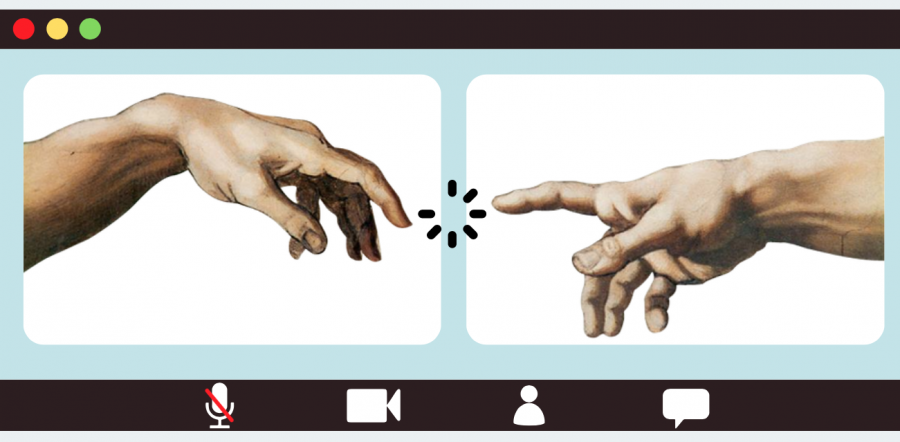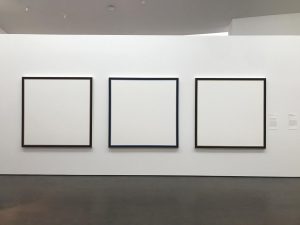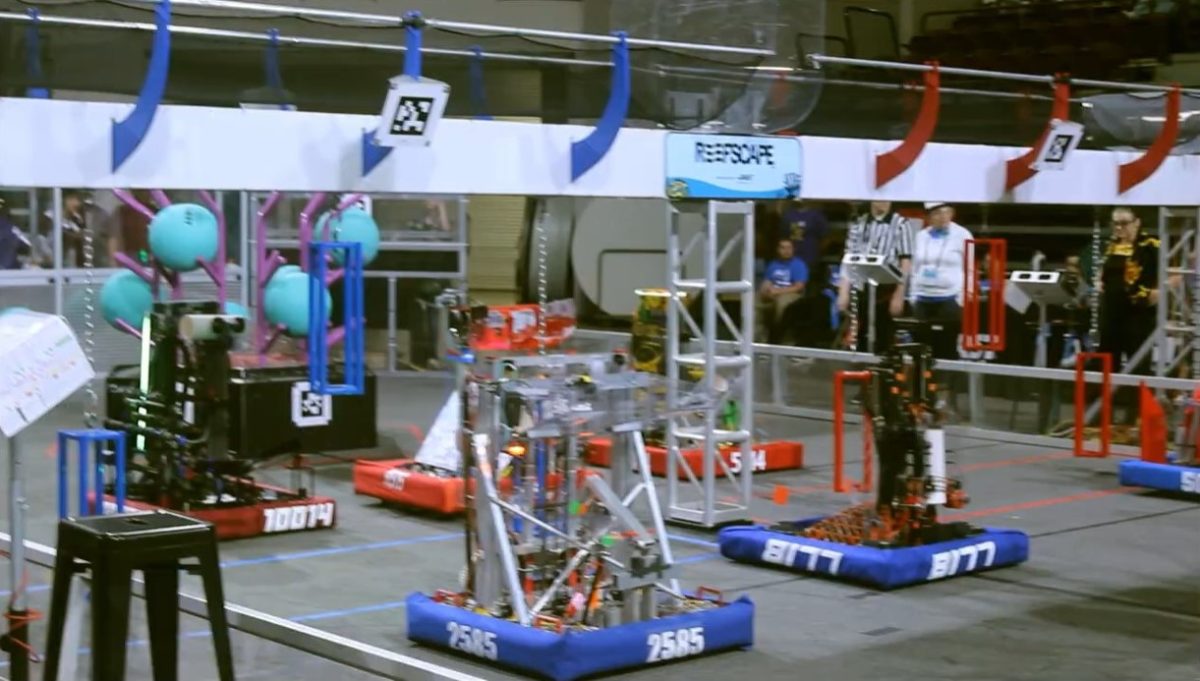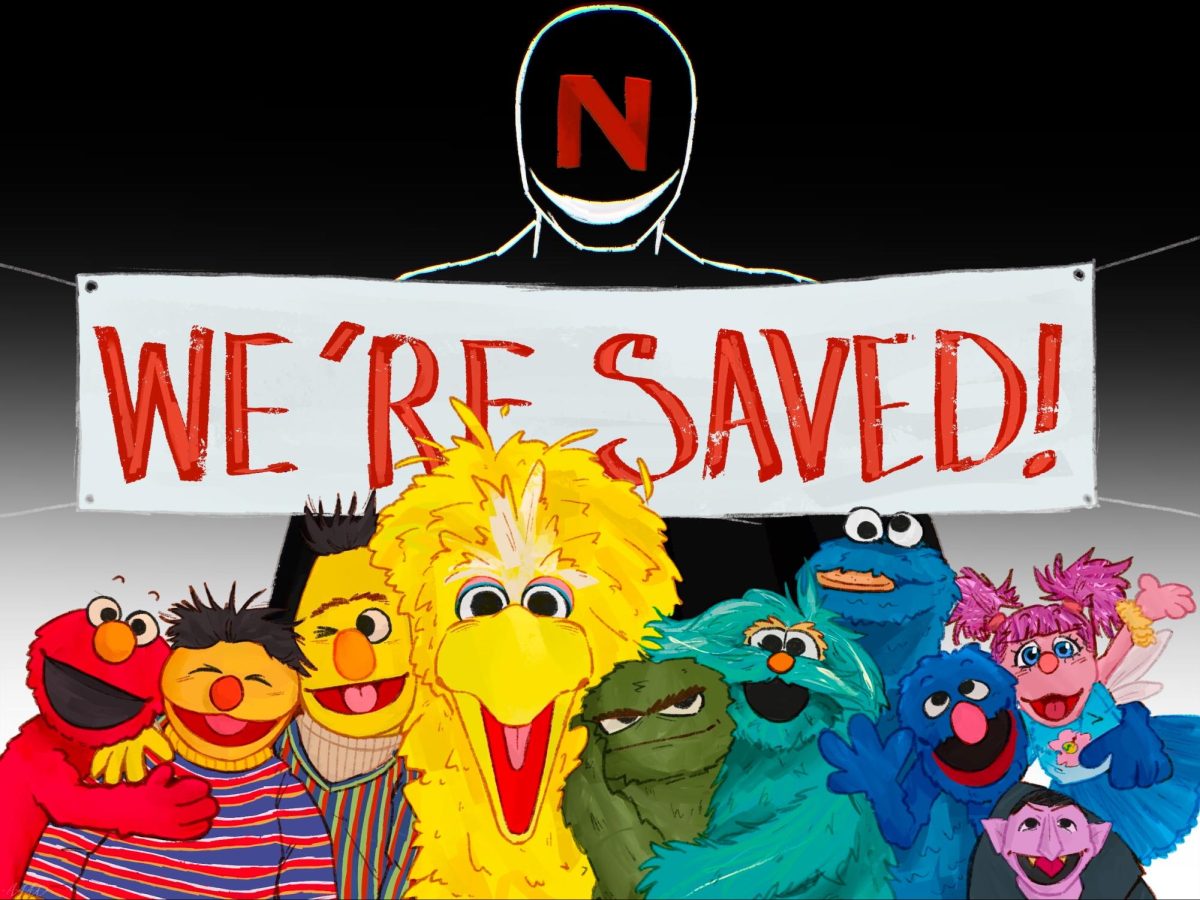From Zoom breakouts to Zoom burnouts: how to relieve digital exhaustion
Learning via video call has had unexpected effects on students. Oftentimes, students experience a lack of connection between their peers and an overwhelming sense of anxiety.
May 27, 2021
Toward the end of last year, a tweet from Buzzfeed trends editor Delia Cai became a web sensation.
To some, this joke may seem remarkably relatable.
Over a year into the pandemic, we seem to be thoroughly attached to our screens. And it’s not just about binging movies and scrolling through Instagram. An entire day’s worth of staring at your laptop screen weighs immensely on your hunched back, cramped neck and strained eyes. And the 10-minute passing periods, which students may spend fixated on their phone screens, certainly do not aid such afflictions. In fact, this is the all-too-common reality for many online students experiencing “Zoom fatigue.”
It’s not just that we’re using digital tools to work. We use digital tools to work more. A new study from Microsoft tracked the habits of more than 30,000 users in 31 countries over the past year, and the results are startling. People spend 148% more time in weekly meetings for Teams users and this number is still rising. What’s more, an average user is sending 42% more chats after hours, and 200% more chats on weekends. And it’s not just the sheer time spent online that’s causing a mental toil. According to the study, 60% of Generation Z reported difficulties feeling engaged or excited, getting a word in during meetings, and bringing new ideas.
All this plugged-in time is producing a massive cognitive overload that’s harsh on our minds. While there are some temporary solutions that can help mitigate this “digital intensity,” the issue itself is also driving a larger conversation about what communication — and education in general — should look like in a digital world.
Massive cognitive overload
Of course, it makes sense that the shift to remote schooling has meant more time in front of screens. School used to take place in person; now our only option is virtual education.
Overworking is real, and it begins by having your screen right there in front of you, all the time. You don’t have the social cues you had in school, namely, the bell dismissing you to another period, getting out of your seat to go to other periods or lunch, or walking home at the end of the day, so you just keep working.
Feeding into these longer screen-time hours is the fact that we’re pinging our friends with more chats, sending more emails and engaging more on social media to replace the casual interaction we used to have passing in the hallways or chatting in class.
And although before the pandemic we might have put aside our digital platforms for instruction, lunch, or a commute, now our online tools are constant companions. Switching from internet browsers to Teams to Discord, for example, taxes our cognitive processes. Throw in lengthy, and generally uninteractive video calls, and you’ve got a recipe for mental exhaustion.
And the more classes there are, the more unpleasant it gets. In a new report, Microsoft observed individuals’ brain activity during a sequence of virtual meetings. They followed how regularly the subjects produced alpha waves, which emerge when the brain is at rest, and beta waves, which develop when the brain is immersed in work. What the researchers found was an almost incessant series of beta waves after a day of meetings. Toward the end of the day, an accumulation of beta waves was strongly associated with individuals feeling depleted and restless.
However, virtual meetings aren’t the only problem. Any time you’re staring at a screen, which means you’re receiving and processing a lot of information at once, your brain produces beta waves. What’s more, after a period of continuous beta-wave production, your brain’s processing capability starts to deteriorate. Therefore, the more you try to push through a long day to get all of your work done, the harder that becomes.
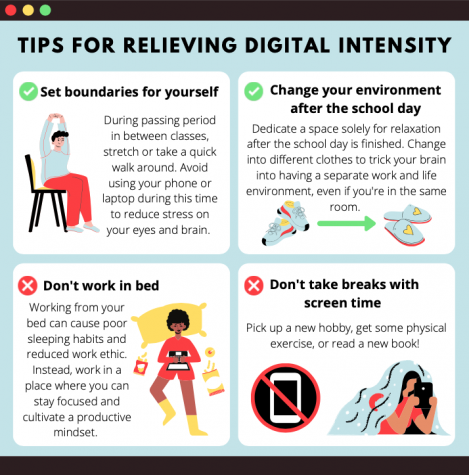
Temporary solutions
There’s good news, though. Even a 10-minute break, if used appropriately, can help alleviate the effects of “digital intensity.” By breaking up prolonged lengths of on-screen work can help with beta wave accumulation.
During 10-minute passing periods in school, if you give yourself a break and allow yourself time for an off-screen activity like meditation, reading, sketching, or even going outside — anything that turns your brain to something more relaxing, it will begin to produce alpha waves. After your break, you’ll feel more engaged and focused. In this sense, taking short breaks lets you reset, and maintain better brain health throughout the day.
However, a formidable workload, which is only exacerbated by the reality that attending classes virtually is often more difficult, may make a break seem like an impossible luxury. But there are considerable benefits; a period of alpha waves restores cognitive function and can make you more productive.
Another interesting solution to tackling “digital intensity” is through the optimization of what limited “deep work” time we have. Popular deep working theories suggest our most worthwhile work only happens after “Kondo-ing” our distractions away, and becoming utterly “Indistractable;” only then can we reach a state of idyllic productivity paradise.
This may be more simple than we’ve seen. Cal Newport, author of Deep Work: Rules for Focused Success in a Distracted World suggests in his book that most distractions are “controllable” external stimuli that can be eradicated by grand gestures, such as deleting social media apps or removing oneself from any possible source of distraction.
But for those who live in active and boisterous households, this may not be entirely possible. Instead, by determining which tasks require the most productive hours, you can allocate them to times when you’re most likely to remain uninterrupted, giving you a greater chance of success.
Looking ahead amidst strange times
It’s important to keep in mind, however, that while it might be possible to mine out more “diamonds” of precious focus and work, and use them more effectively, it is important to keep our minds in check. By being productive and using deep work strategies, we can allow ourselves more time to relax and recharge.
The ultimate trick is to reassess our expectations of what a productive day might look like, and realize that creativity and mindset aren’t one-size-fits-all processes. Because whether we trudge towards success or flow with evanescent fluidity, we can all achieve our own version of optimal performance, even while we’re busy.


